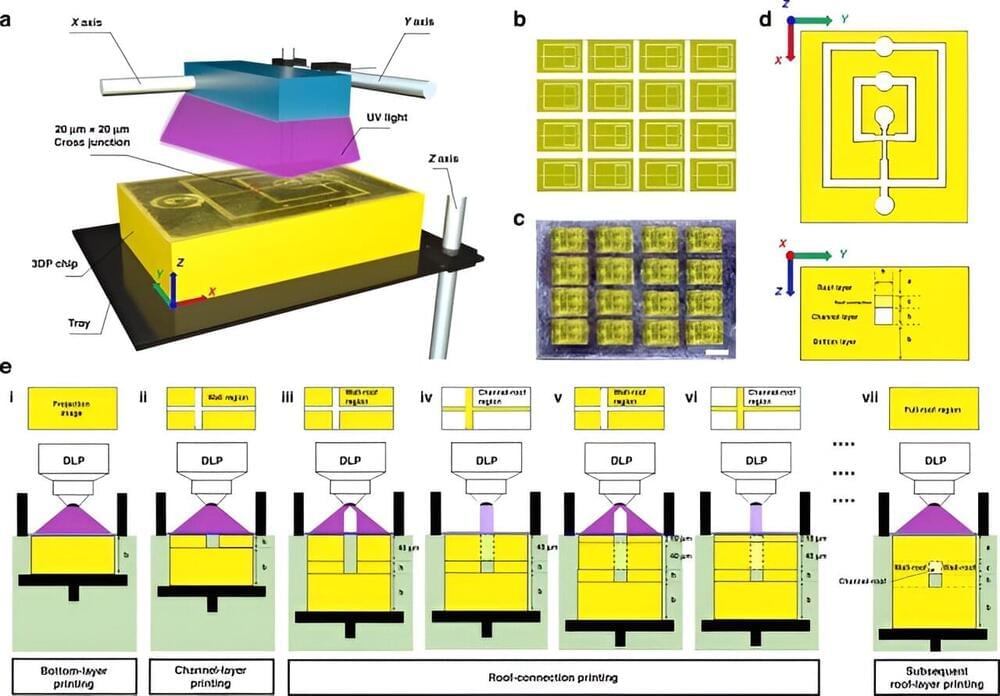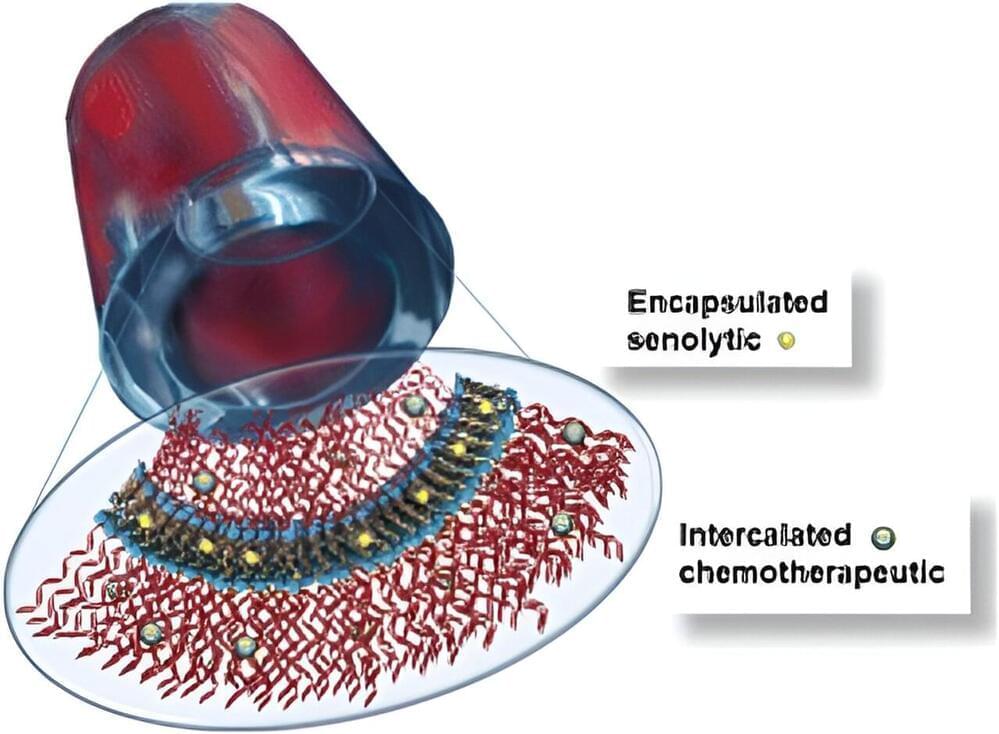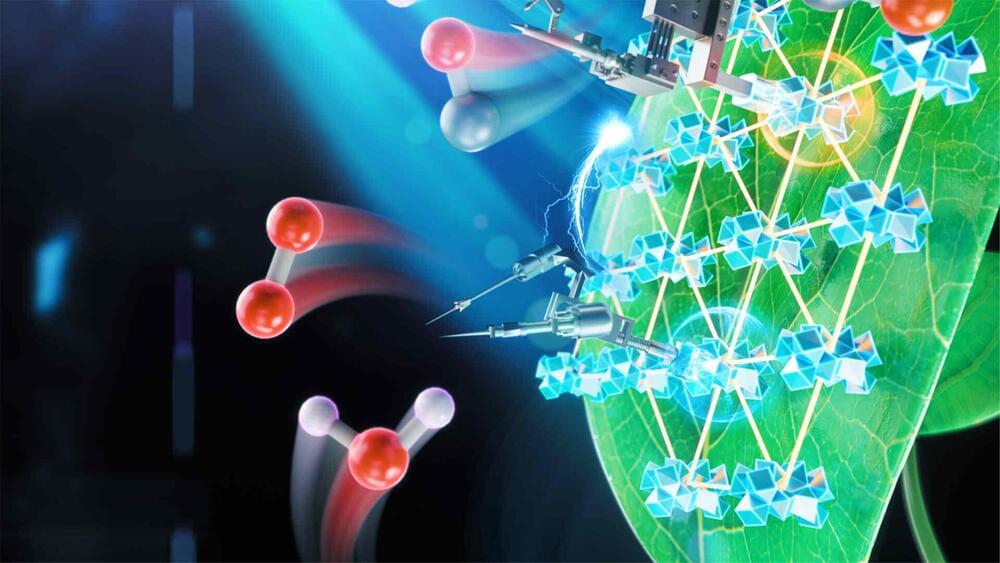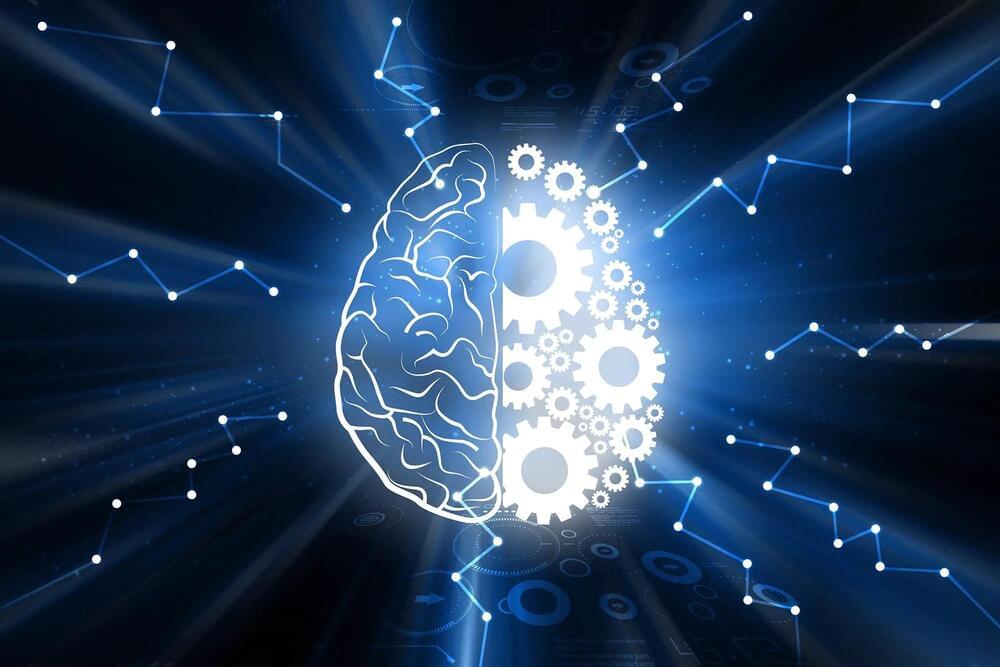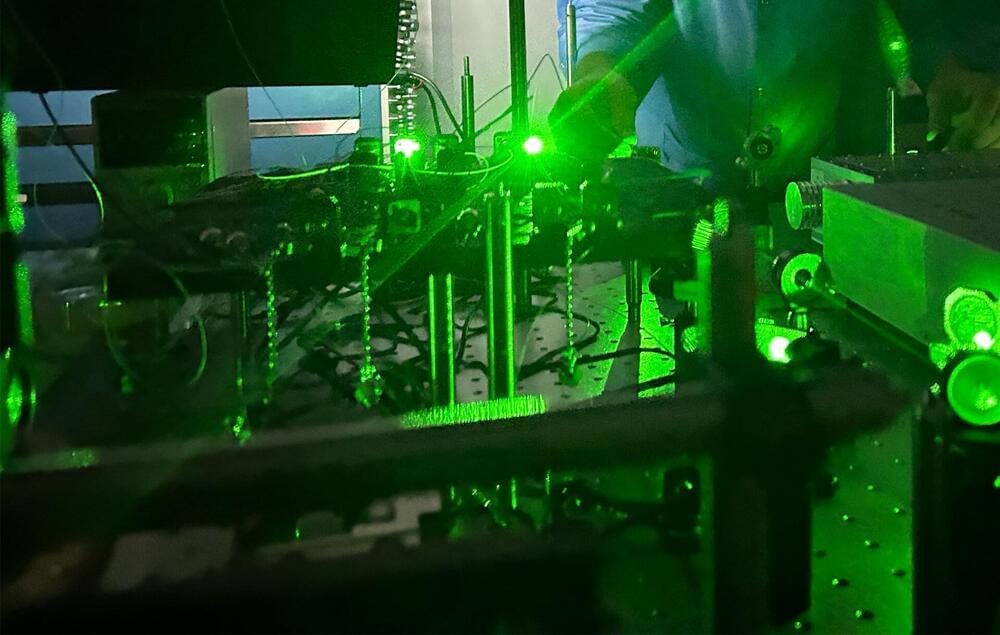Sep 19, 2023
Stanford Medicine researchers find possible cause of depression after stroke
Posted by Shubham Ghosh Roy in categories: biotech/medical, chemistry, neuroscience
Scientists discover a biomarker in stroke survivors, suggesting that chemical changes after stroke can lead to depression. The findings may pave the way toward treatment.


